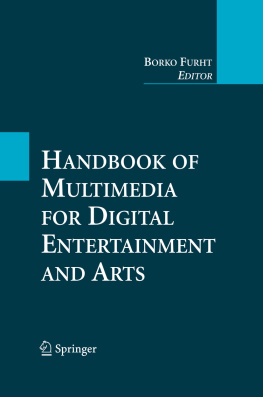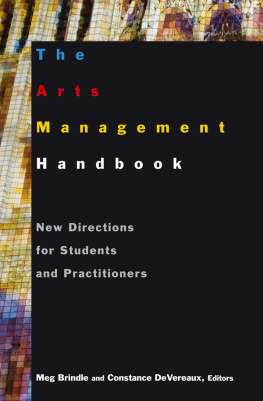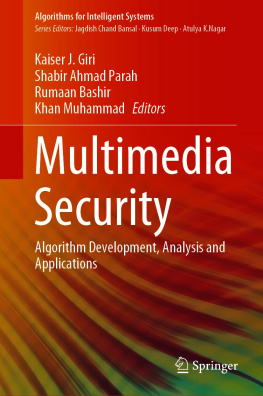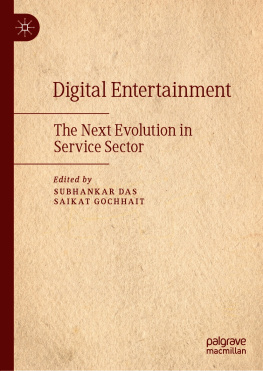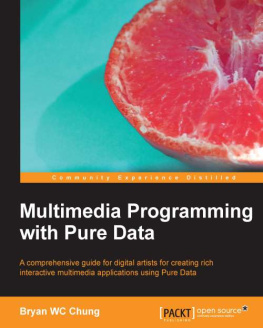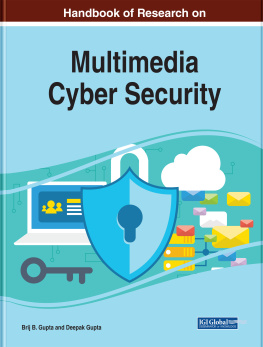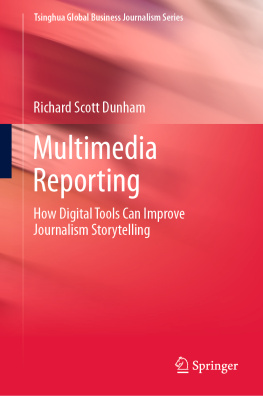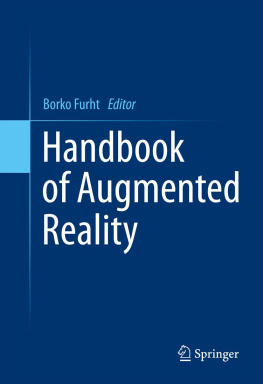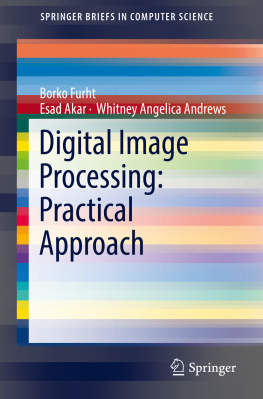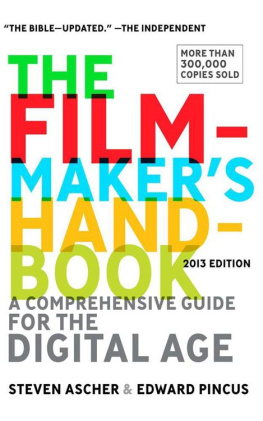1.1 Introduction
The vast amount of information available on the Internet, coupled with the diversity of user information needs, have urged the development of personalized systems that are capable of distinguishing one user from the other in order to provide content, services and information tailored to individual users. Recommender Systems (RS) form a special category of such personalized systems and aim to predict users preferences based on her previous behavior. Recommender systems emerged in the mid-90s and since they have been used and tested with great success in e-commerce, thus offering a powerful tool to businesses activating in this field by adding extra value to their customers. They have experienced a great success and still continue to efficiently apply on numerous domains such as books, movies, TV program guides, music, news articles and so forth.
Tapestry [] is the most popular and successful example of applying recommender systems in order to provide personalized promotions for a plethora of goods such as books, CDs, DVDs, toys, etc.
Now more than ever, the users continuously face the need to find and choose items of interest among many choices. In order to realize such a task, they usually need help to search and explore or even reduce the available options. Today, there are thousands of websites on the Internet collectively offering an enormous amount of information. Hence, even the easiest task of searching a movie, a song or a restaurant may be transformed to a difficult mission. Towards this direction, search engines and other information retrieval systems return all these items that satisfy a query, usually ranked by a degree of relevance. Thus, the semantics of search engines is characterized by the matching between the posted query and the respective results. On the contrary, recommender systems are characterized by features such as personalized and interesting and hence greatly differentiate themselves form information retrieval systems and search engines. Therefore, recommender systems are intelligent systems that aim to personally guide the potential users inside the underlying field.
The most popular recommendation methods are collaborative filtering (CF) and content-based filtering (CBF). Collaborative filtering is based on the assumption that users who with similar taste can serve as recommenders for each other on unobserved items. On the other hand, content-based filtering considers the previous preferences of the user and upon them it predicts her future behavior. Each method has advantages and shortcomings of its own and is best applied in specific situations. Significant research effort has been devoted to hybrid approaches that use elements of both methods to improve performance and overcome weak points.
The recent advances in digital television and set-top technology with increased storage and processing capabilities enable the application of recommendation technologies in the television domain. For example products currently promoted through broadcasted advertisements to unknown recipients may be recommended to specific viewers who are most likely to respond positively to these messages. In this way recommendation technologies provide unprecedented opportunities to marketers and suppliers with the benefit of promoting goods and services more effectively while reducing viewers advertising clutter caused by the large amount of irrelevant messages [].
This article proposes a movie recommender system, named MoRe, which follows a hybrid approach that combines content-based and collaborative filtering. MoRs performance is empirically evaluated upon the predictive accuracy of the algorithms as well as other important indicators such as the percentage of items that the system can actually predict (called prediction coverage) and the time required for generating predictions. The remainder of this article is organized as follows. The next section is devoted to the fundamental background of recommender systems describing the main recommendation techniques along with their advantages and limitations. Right after, we illustrate the MoRe system overview and in the section following, we describe in detail the algorithms implemented. The empirical evaluation results are then presented, while the final section provides a discussion about conclusions and future research.
1.2 Background Theory
1.2.1 Recommender Systems
As previously mentioned, the objective of recommender systems is to identify which of the information items available are really interesting or likable to individual users. The original idea underlying these systems is based on the observation that people very often rely upon opinions and recommendations from friends, family or associates to make selections or purchase decisions. Motivated by this social approach, recommender systems produce individual recommendations as an output or have the effect of guiding the user in a personalized way to interesting or useful objects in a large space of possible options [].
Hence, recommender systems aim at predicting a users future behavior based on her previous choices and by relying on features that implicitly or explicitly imply preferences. As shown in Figure , the recommendation process usually takes user ratings on observed items and/or item features as input and produces the same output for unobserved items.
Fig. 1
A high level representation of a recommender system
Many approaches have been designed, implemented and tested on how to process the original input data and produce the final outcome. Still, two of them are the most dominant, successful and widely accepted: collaborative filtering and content-based filtering. Collaborative filtering is the technique that maximally utilizes the social aspect of recommender systems, as similar users, called neighbors, are used in order to generate recommendations for the target user. On the other hand, content-based filtering analyses the content of the items according to some features depending on the domain in order to profile the users according to their preferences.


